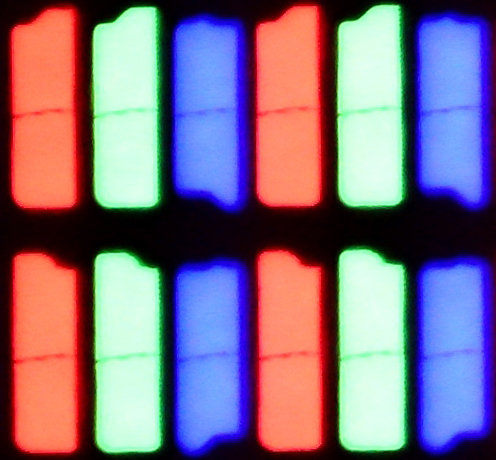Philips PUS9000 is proof that the manufacturer not only keeps a finger on the pulse but also carefully listens to its users. In the latest version of this popular series, there is a clear progression – especially in comparison to the previous generation that we had the opportunity to test. The use of a VA panel has brought noticeable improvement in blacks, which finally presents itself at a decent level. Brightness reaching 500 nits does not disappoint even in sunny rooms, and support for a wide range of HDR formats – including Dolby Vision and HDR10+ – completes the image of a well-prepared piece of equipment. Additionally, the support for spatial sound technologies like Dolby Atmos and DTS only enhances the positive impression, especially since the presence of all the aforementioned formats is not a given even in the most expensive models from 2025. But what really sets this model apart from the competition is the Ambilight system. The multicoloured backlighting not only makes a visual impression – in a darkened room, it can improve the perceived contrast and completely transform the viewing experience of a movie or series. The gaming mode also deserves recognition. 144 Hz, low input lag, variable refresh rate, G-Sync compatibility, and Game Bar functionality – everything you could expect from equipment designed with consoles and PCs in mind. Unfortunately, not everything works perfectly. The Titan OS system, while operating relatively smoothly, still suffers from shortcomings – many popular apps are missing, minor bugs occur, and the overall experience can be somewhat clunky in daily use. Additionally, the remote, despite its modern appearance, still uses infrared and requires pointing at the TV. Such a shame.
So, who is the PUS9060 for? For those who want to immerse themselves in an evening screening with impressive Ambilight, play on consoles, and stream content from external devices. In this scenario, “The One” could indeed turn out to be “the one and only” – especially given that its price is not off-putting on release day.
QNED86A6A is a television that really does a great job in its price class when it comes to sports, gaming, and everyday TV viewing. The 120 Hz panel makes the image smooth, and the motion sharp, which will be appreciated by both fans and gamers. Additionally, it has low input lag along with a full suite of gaming features such as HGiG, VRR, and ALLM. The television works just as well with a computer as it does with a console, so in the office or on a desk in the 43” version, it will serve excellently as a work monitor. Another strong point is the webOS system. It’s a fast, stable, and app-rich operating system that paired with the Magic Remote provides very convenient operation. The new version of the remote is slimmer and fits better in the hand, and the on-screen cursor is a feature that many competitors lack. On top of that, there are classic features – USB recording, Bluetooth for headphones, and a full set of HDMI 2.1 with eARC and Dolby Atmos support. This makes the televisions from the QNED85 series some of the most "multimedia" televisions in their class. But there’s no point in sugar-coating it; this model also has some significant drawbacks. Its biggest disadvantage is undoubtedly the contrast, or rather the lack thereof. The IPS panel combined with the edge-lit “mini-LED” is just a very bad idea. The screen simply isn’t suitable for watching movies in a dark living room. Blacks are a greyish-blue, and local dimming can create strips of light reminiscent of lasers, which effectively ruins the viewing experience. For home cinema, it’s not a choice that can be recommended with full conviction. The second issue may not be directly related to the television itself but rather its sales. It concerns chaos in the naming conventions and differences in derivative versions. The same model, even with the same designation, can have a different colour frame or stand depending on the store. This can really be frustrating for the buyer and evoke a sense of confusion. To summarise briefly: LG QNED86A6A is a great television for sports, gaming, and everyday TV, with a convenient system and high functionality. But if you’re looking for a screen strictly for movies or series and require deep blacks, it’s better to look towards televisions that can actually be confidently referred to as Mini-LEDs.















































































































